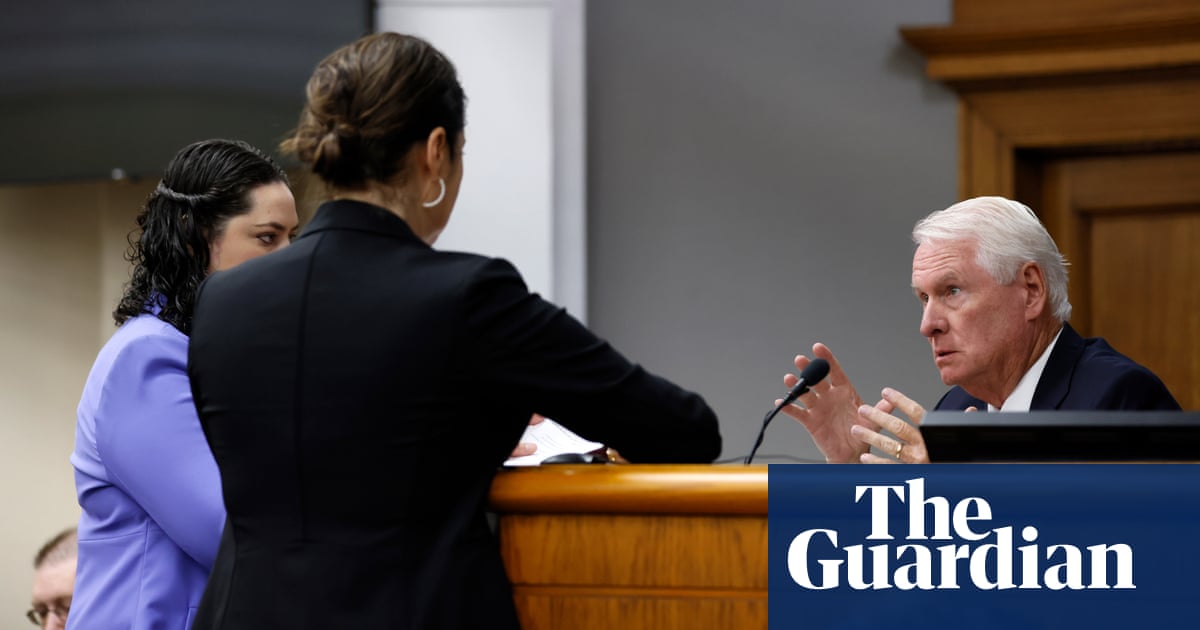Electric vehicles are routinely being written off after minor accidents, as a shortage of skilled mechanics and parts, as well as outdated laws, leads Australian insurers to scrap EVs prematurely instead of repairing them.
Despite the scarcity of supply that has plagued the local market in recent years, in part due to the lack of a fuel-efficiency standard, the financial reality of insuring EVs is continuing to consign them to scrap yards while inflating premiums for owners.
Multiple factors â mostly related to complications to do with the vehiclesâ batteries â are leading insurers to more readily scrap EVs compared with a conventional petrol version suffering the same damage in a collision.
The relative infancy of Australiaâs EV repairing capability is one key factor, according to Matt Hobbs, CEO of the Motor Trades Association of Australia (MTAA).
âWhen you look at the need to upskill the industry, weâve got a problem and weâve had one for a while,â Hobbs said.
Even minor repairs require a mechanic who has undertaken autoelectrician training to work on a battery or its case.
âItâs not necessarily obvious on any car what the damage is underneath,â Hobbs said. âNow when youâve got a 400 volt battery and youâre looking under a panel ⦠you need to depower the battery, remove it, then re-energise it ⦠to safely work an EV.â
Hobbs said it cost between $5,000-$7,000 to upskill a mechanic to repair electric vehicles in Australia. The MTAA is hoping for changes to the governmentâs new energy apprenticeship program, including easing requirements, to ensure the skills deficit is addressed.
Roughly one in 10 repairers in Australia are certified to service EVs, according to data from the Australian Automotive Service and Repair Authority.
In the United Kingdom, where a similar proportion of mechanics are qualified to work on EVs, seemingly simple crashes are causing complete write-offs, Bloomberg reported one insurer saying last week.
The Insurance Council of Australia (ICA) acknowledged insurers were forced to make similar decisions locally.
The shortage of mechanics not only balloons wait times, but in some instances EVs have to be transported long distances to the closest repair facility, adding costs, the ICA said.
Additionally, there is a shortage of locally held spare parts, particularly for vehicles and brands that are newer to the market, which prolongs repair times. Local laws also make it illegal to repair EVs in various conditions.
An insurance industry source said insurers had seen cases of scratched battery packs where the cells inside were likely undamaged. But the vehicle would still need to be written off if it could not be seen by a trained mechanic who could access the diagnostic data.
after newsletter promotion
Behyad Jafari, the Electric Vehicle Council chief executive, said that up until recently, laws governing vehicle repair in some states were even more severe.
âIn early regulations, almost any crash would result in an electric car being written off due to the issue of the battery,â he said.
He said EV industry groups and insurers had worked with regulators in recent years to broaden the scope of when an EV can be repaired.
The Electric Vehicle Council says the laws are too prescriptive and it believes mechanics and insurers should have more scope to repair in more circumstances.
An ICA spokesperson said the group was also calling for the âreform of laws governing written off vehicles to enable more vehicles to be safely repaired instead of scrapped, including EVsâ.
The ICA said insurance premiums for electric vehicles were being inflated due to complications around batteries and repairs, as well as the fact that EVs generally cost more to buy.
But the EV industry remains frustrated by those increased premiums because, in general, EVs that are not involved in a crash are likely to require considerably less servicing over its lifetime.
Danny Martin, an industry analyst at IBISWorld, said EVs cost on average 18% more to insure than an internal combustion engine counterpart.
âSometimes damage to electric vehicle batteries can be almost prohibitively complex and in some cases itâs too expensive to fix â they might need to scrap the car from a financial perspective,â Martin said.
Steven Du, the NSW representative for the Tesla Owners Club of Australia and NSW vice-chair of the Australian Electric Vehicle Association, said the wait for repairs was improving.
âA few years ago, a repair after a crash was taking a couple of months, but now they can be quite speedy,â he said, acknowledging the experience can be faster for Teslas given their market share and availability of parts.
He said EV owners were acutely aware of premature write-offs and the need for upskilling mechanics to improve repairs and bring down premiums.
âIf we do nothing about it weâll remain with crippled cars,â Du said.



